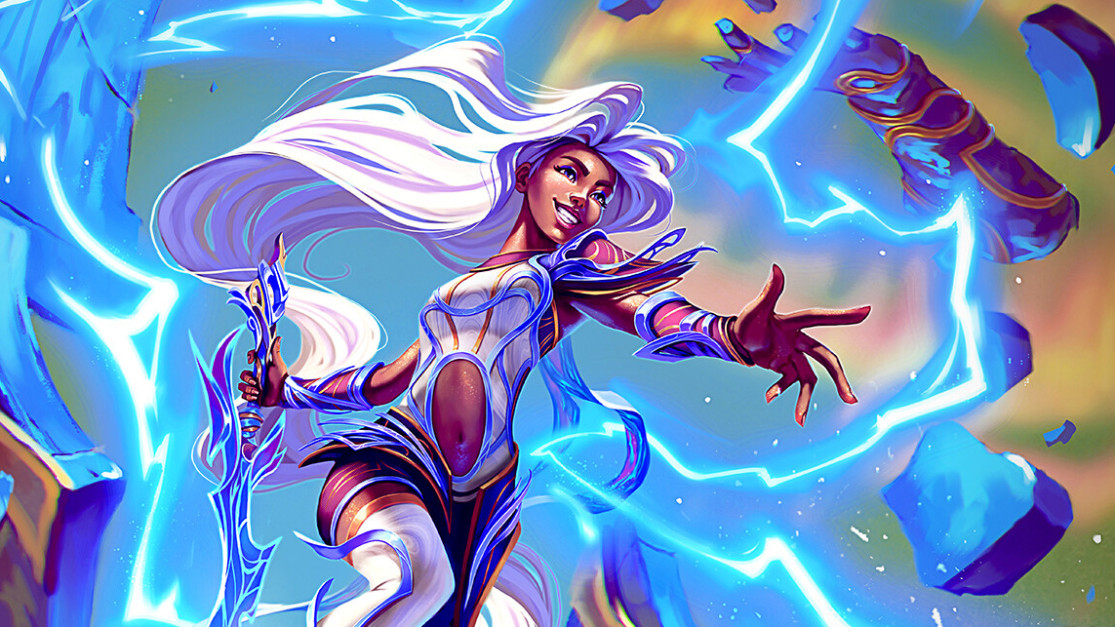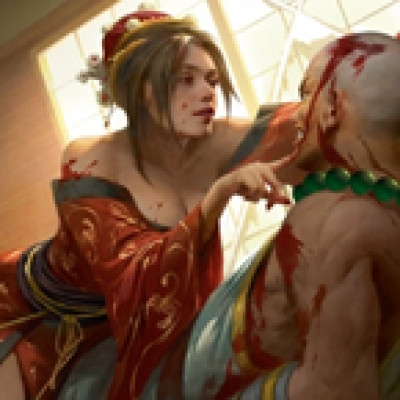Aurora, Shooting Star has reached Living Legend.
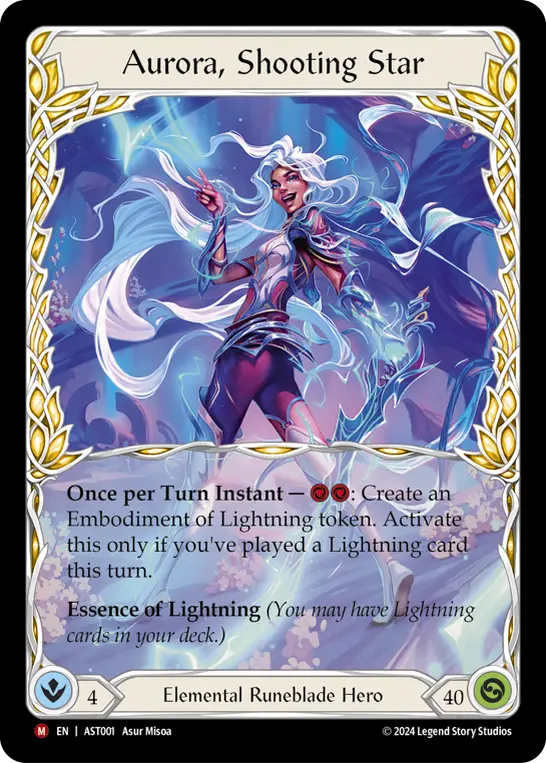
Fittingly named, the Shooting Star is set to LL at a record-breaking 231 days, outpaced only by another celestial body, Bravo, Star of the Show.
To some, this is cause for celebration. The bane of the meta is leaving, and many new heroes will get to join the fray. There will be plenty of experimentation, and the meta looks to vastly slow down.
To others, this is cause for great sorrow. A hero they had developed a bond with over a brief 8 months is now being ripped from their arms.
And for me, this is a sorrow I am still learning to process.
No Fault in Our Stars
Before waxing poetic on how Aurora changed my life, I want to be honest about the hero and what she has done to the game and to this meta. Aurora is, quite simply, way too strong of a hero, with little to no weaknesses.
The core of Aurora is an efficient 0-for-4 gameplan, with instant speed tricks and non-attack action combos.
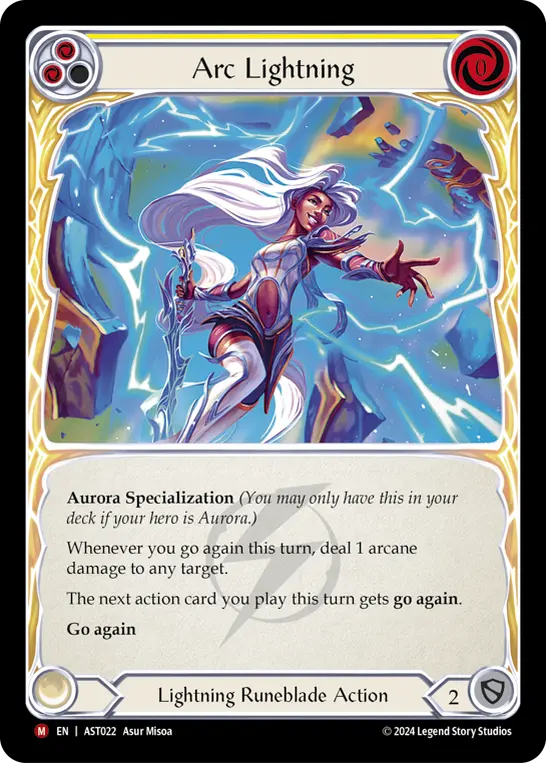
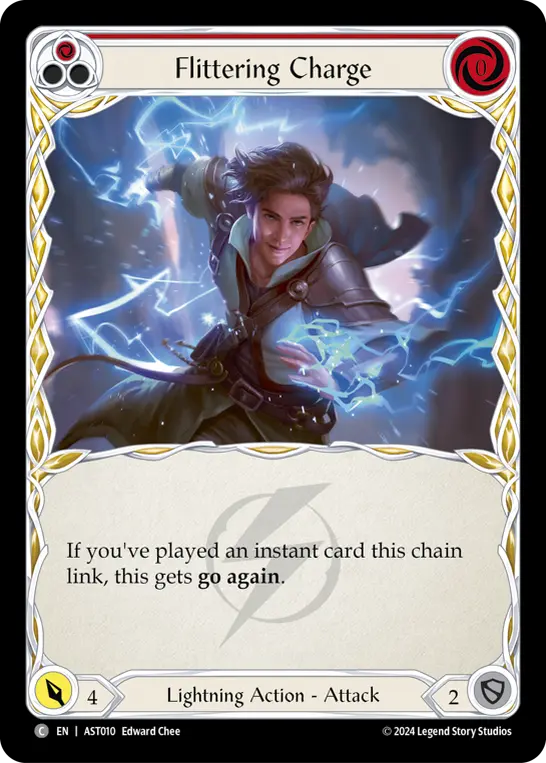
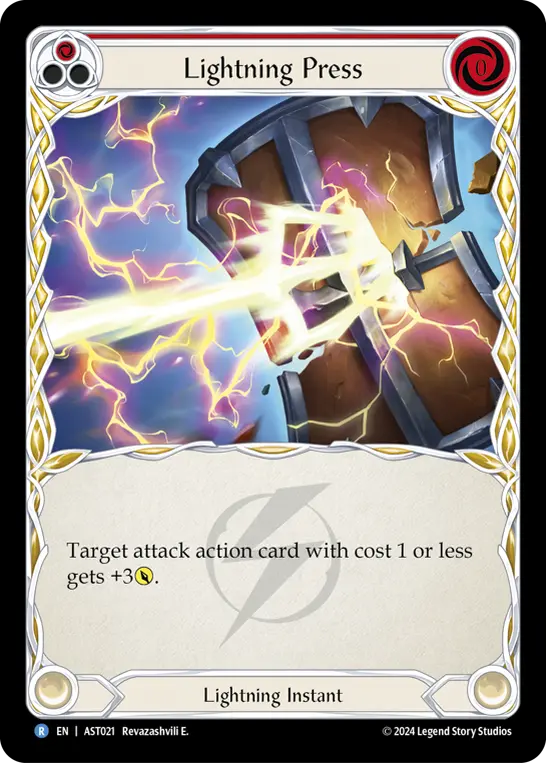
Normally, this playstyle would be very exploitable by slower, interactive decks that could prevent 5-card hands and play around tricks. However, Aurora was given access to several tools to invalidate these defensive plans.
With the infamous “combo equipment”, Aurora is able to set up massive combo turns that invalidate any capability of blocking her out. A basic combination of Flicker Wisp, Arc Lightning, Snatch, 3 Ravenous Rabbles, and the effects of Aether Ironweave and the gold generated from our Crown of Dominion already totals to a giant 34 damage, with 18 of it being arcane in nine 2-damage increments. This doesn’t even account for combo turns with two or more of Flicker Wisp or Arc Lightning, which can exponentially multiply.



Aurora is really the first competitive "combo aggro" hero we have received in Flesh and Blood; and if we compare to similar games like Magic: the Gathering, normally these archetypes are exploited by faster aggro decks. But, of course, Aurora has an answer to that as well! Into aggro matchups, Aurora gets access to Burn Up//Shock and Channel Lightning Valley to force blocks, and gets access to Sigil of Suffering to block profitably herself.
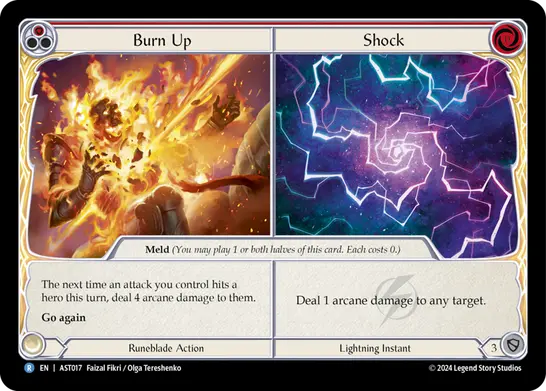


This leaves only disruptive decks that should be able to block out her aggressive cards and disrupt her combos. However, disruptive cards normally pay for this with lower numbers, and Aurora has been gifted with some absurd equipment to block out this disruption, even in hands filled with instants.



Combined, all of this leaves Aurora in a spot where she outraces other aggro decks, combos control decks, and is able to use armor to ignore disruptive decks. It’s really no surprise that she is LL'ing at such a lightning pace!
However, even with all this power, the hero has a loving fanbase, both that love playing with and against her.
Astronomy Lessons
One of the many unique factors about Aurora is the combination of a strong, linear aggro plan with the tension of Runeblade and Lightning as volatile card pools that have massive brick potential. The Runeblade card pool has non-attack actions that don't do much by themselves and are generally bad to draw in multiples, but allow for strong power turns; and the Lightning card pool does the same with instants. This tasked Aurora decks with carefully balancing their non-attack and instant counts to fully abuse Aurora’s power while lowering brick potential. This doesn’t even account for chain-enders and chain-starters, all of which had to be carefully balanced at different ratios.

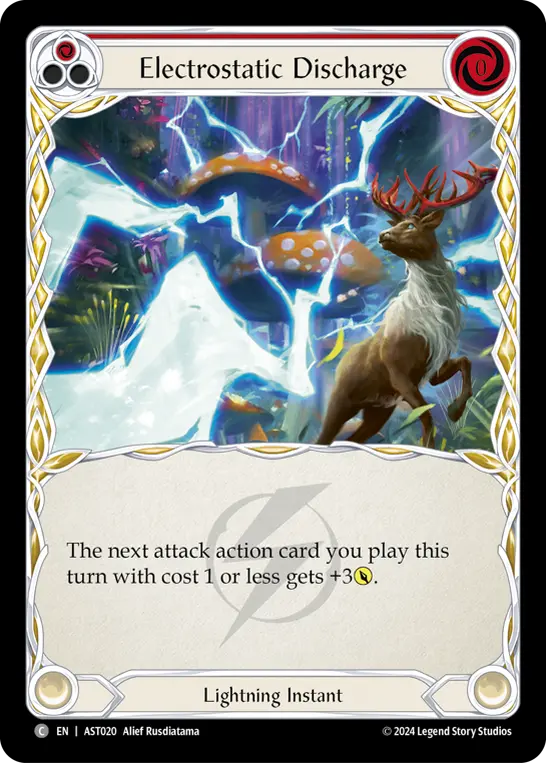

This makes Aurora powerful and easy to have powerful turns with, while also incredibly deep and rewarding to hone. Learning what to arsenal and when - and when to press damage and risk a brick hand - is a never-ending puzzle that I’m still solving.
On top of this - while it was generally overtuned - the ability to flip between different matchup plans where your cards change meaning and context for how they are played has been incredibly satisfying.


For example, Gone in a Flash turns from a Lightning-typed Wounding Blow that sometimes highrolls with Electrostatic Discharge into a power card when combined with Lightning Greaves into slow matchups that let you get away with pitch stacking it with instants.
Channel Lightning Valley goes from a tempo swinging card in aggro matchups - where getting multiple turns out of it isn’t important - to a lynchpin card to keep around as long as possible to line up with Flicker/Arc for an effective 6-card combo turn in slower matchups.
Arc Lightning, similarly, goes from a consistency card that sometimes acts as a power card, to one you’re willing to pitch stack or arsenal and wait to get full value out if.
This insane depth is felt in nearly all of Aurora’s cards, and allows every game to be a learning experience.
Rise to Stardom
While Aurora is objectively fun to play, a large part of my personal connection with the deck is how natural she has felt to refine and play with.
Before Aurora, I was an Uzuri and Nuu player. Neither of those heroes were ever particularly powerful, and I never really had large-scale success with them. However, with Aurora, I've had several big finishes. I claimed a Calling top 16 at Chicago, an undefeated Road to Nationals run, a FAB Squad win (a local Ohio tournament you should check out whenever you’re in the area), a Battle Hardened top 4, and now multiple Pro Quest top 8s or better.
As much as I love to tout myself as a brewer and lover of bad cards and bad decks, winning is fun - and winning while making plays that feel natural, and in an environment where my risk assessment has been properly rewarded, has been the best card game experience of my life. This (on top with being somewhat infamous in the Aurora community for playing Face Purgatory since nearly her reveal and building an 80 to capitalize on it) has carved out a spot in my heart for Aurora as part of my competitive history. There’s a real nervousness right now that I won’t have access to another hero that I can find so much success with, and that fills me with sorrow.
Looking to the Skies
While the departure of Aurora is deeply painful to me, there is a kind of joy to her leaving as well. If there is anything musicals - and, specifically, Hadestown - have taught me, it’s that a tragic ending means a new, hopeful story can begin. The end of Aurora’s story only means I get to play new and drastically different decks that speak to different parts of my skill set and different joys I have with the game. Shock Frockers like me can trust Legend Story Studios to provide more deep, engaging experiences similar to our favorite Lightning Runeblade. In fact, that card pool has a ton of unexplored space.

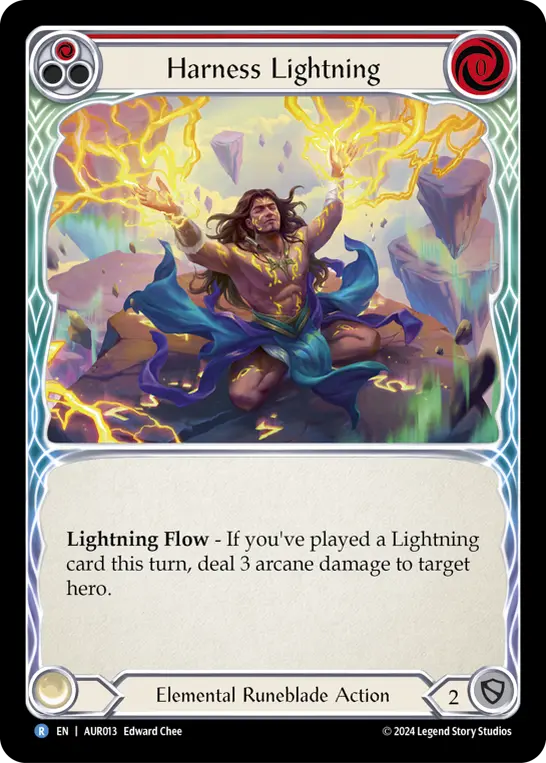
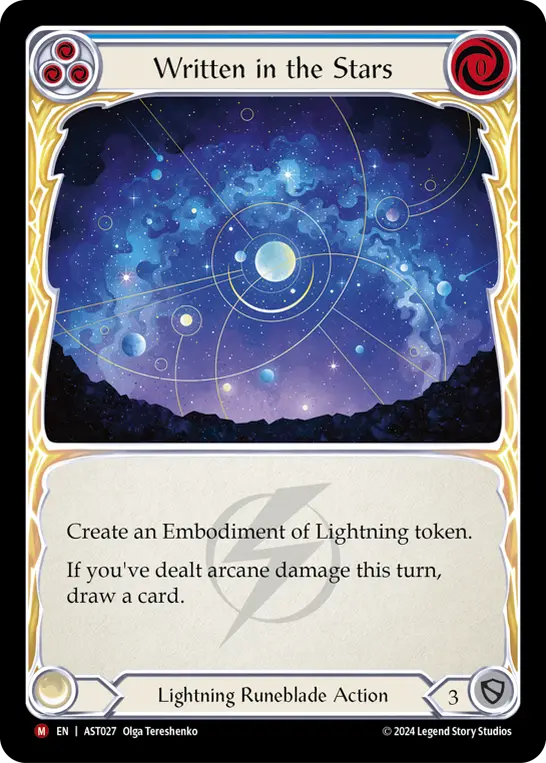
Lightning Runeblade has access some of the largest arcane damage of the Runeblade class, with several 3-damage arcane effects and a small amount of arcane payoffs. Aurora doesn’t have any direct synergy with this, but future designs of her or another Lightning Runeblade could choose to lean into this more.
Likewise, while Aurora encouraged an efficient deck of 0-cost cards, future Lightning Runeblades could focus on pitching to 1-cost cards more consistently and taking advantage of some insanely powerful cards in the pool.

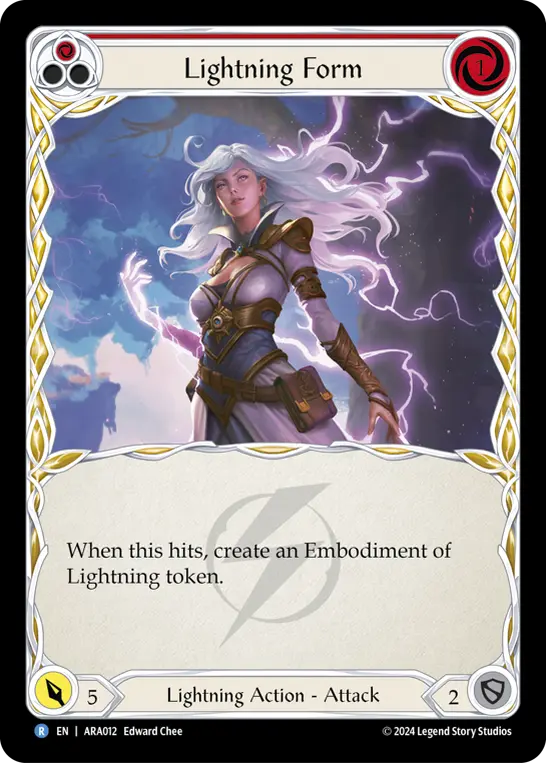

I’m not sure how I move forward until this hero returns to us in late May next year. I’m looking at more combo-focused Draconic builds of Fai and Cindra, the more aggressive Assassins 5L!ppy and Marionette, and proactive arcane decks like Vynnset and Oscillio. I also feel a pull to try Puffin, with her affinity for the sky. It will take time to find a new hero to bond with, and to learn that hero's full depth. And before I know it, Aurora will be back to Strike Twice again.

